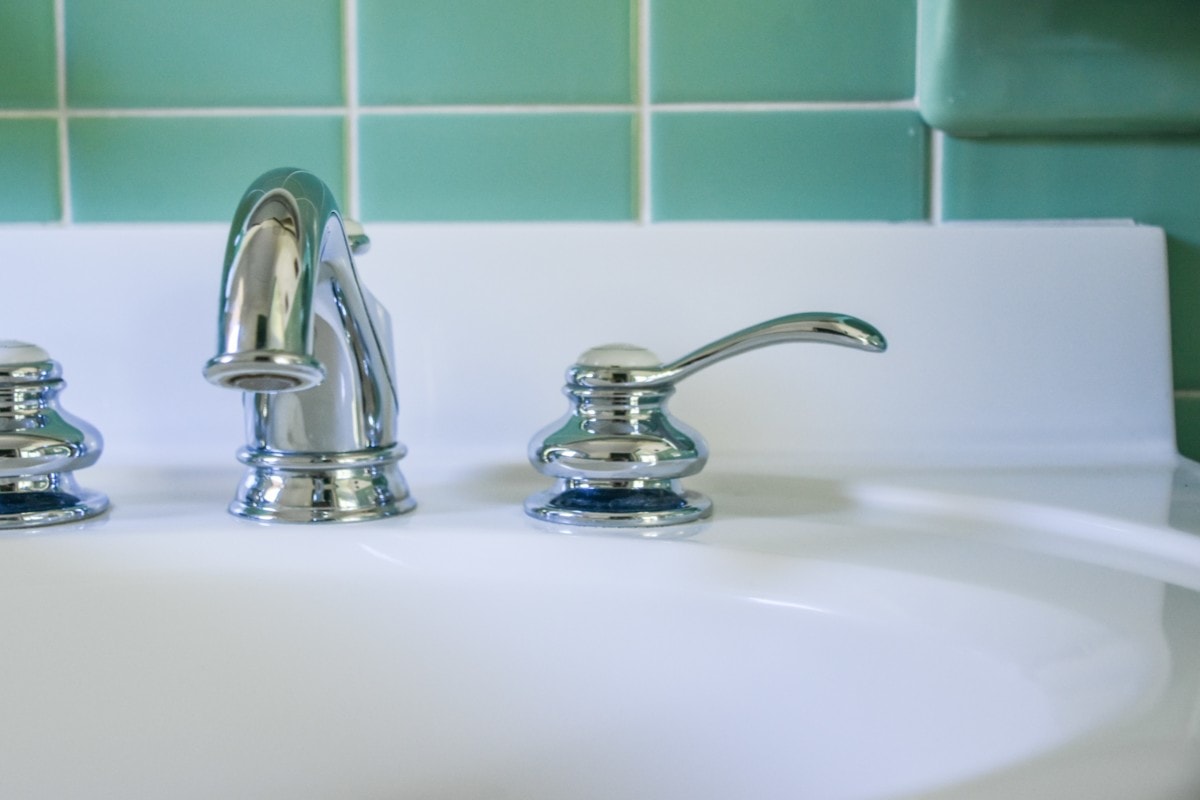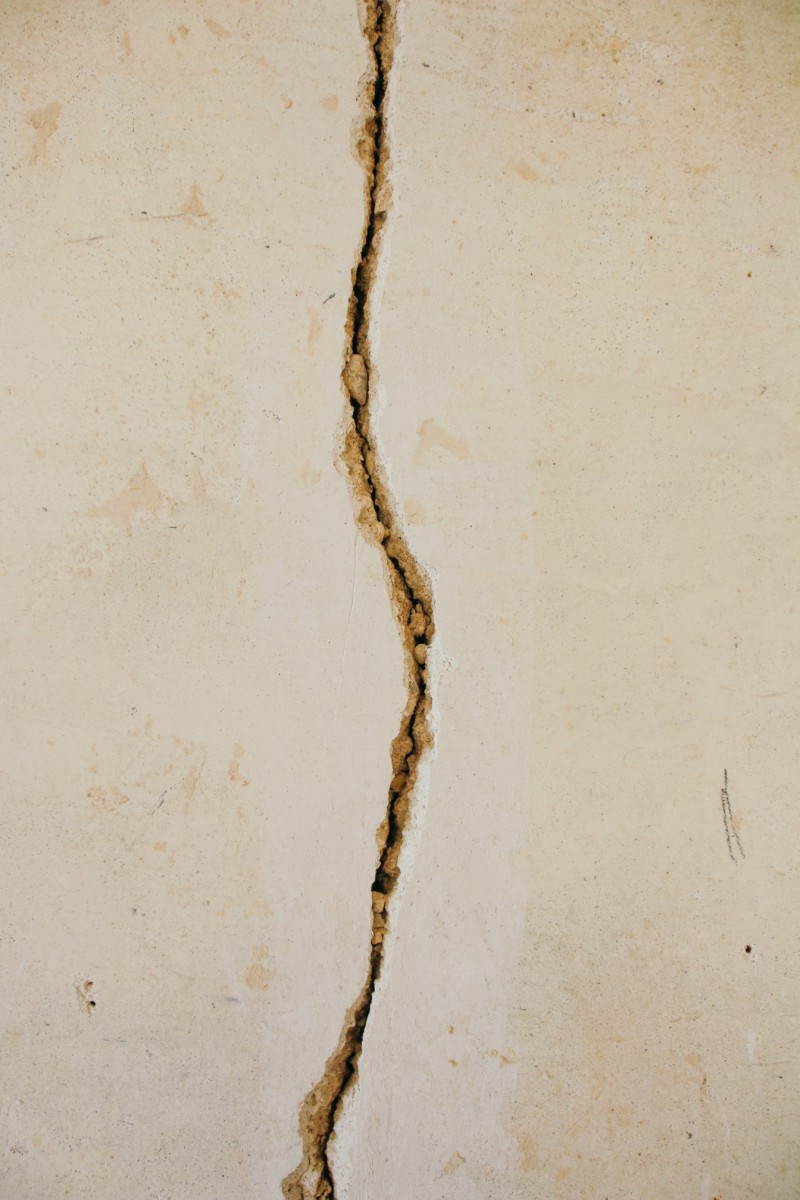For any of us that are buying or selling a home, one of the most anxiety-inducing thoughts is the prospect of overlooking an important repair. Without a professional at your side or years of experience yourself, there are so many crucial considerations that can easily be missed. These overlooked repairs can turn a great investment into a not-so-great investment or a dream home into a veritable nightmare. To help you avoid these oft-hidden pitfalls, we rounded up home inspection experts from Sacramento to Philadelphia. Read on and let these seasoned experts and homecare veterans guide you through the most frequently overlooked repairs that homeowners always forget to fix!

Too many small things can add up to a big thing
Sellers should address minor items that give a poor representation of the home like gutters that are falling off the home, slow sink drains and any quirky shortcut fixes because it wasn’t done correctly the first time. I inspected a home where there were limited electrical outlets in the basement so the seller had set up a network of extension cords that ran throughout the open basement ceiling instead of installing outlets. – Spotlight Inspection Services
Plumbing maintenance
Bad Pressure Reducing Valve (PRV): To avoid damage to valves on appliances or fixtures, like a toilet, you do not want the water pressure to be above 80 psi. PRVs typically wear out every 15 years and when they do the water pressure can skyrocket to 150 psi! Get a simple water gauge for less than $10 and test the water pressure to see if your pressure is too high. If it is, a plumber can easily replace the PRV. – At-Ease Inspections

Some of the pre-sale repairs that are most often overlooked are any item that would potentially be covered under the Home Warranty that the seller may be providing to the buyer i.e. electrical, plumbing, appliances, etc. Any item covered under the Home Warranty that is listed as “deficient” in a home inspection report would be considered a “known” pre-existing condition and NOT covered by that warranty. With this in mind, I always recommend that buyers request these repairs to be made so that they can get the full value of the Home Warranty if one is offered. It is always to the seller’s benefit to remove any potential negotiating points from the buyer. – The Home Inspectors
Don’t forget the attic
The most overlooked or ignored spaces in a home tend to be attics and crawlspaces. These areas need to be evaluated before listing because they can hold some of the most unpleasant surprises. Non-professional repairs, structural damage due to leaks, or major moisture & mold problems will bring the smoothest of transactions to a screeching halt. These can be avoided if found and addressed prior to selling. – Integrity Home Inspection
Focus on Foundation
Grading is also commonly missed and is easy for homeowners to correct. Grading is simply adding dirt to the perimeter of your foundation. You look to achieve a slope of 1/4″ per foot out to 6′ from the exterior foundation wall. – Inspection Pros LLC
Make sure your electrical was done professionally
In many homes a clear indication that a permit was never taken for the completion of a roughed-in basement is the location of the furnace isolation switch, it should be at the entrance to the “Room” where the furnace is located. Before a basement is finished the room is the whole basement and the switch is located close to the bottom of the stair, it should be relocated adjacent to the door into the smaller mechanical room that usually is constructed. Amateur electrical work in basements quite often results in wiring connected in reverse polarity (HOT and Neutral Reversed) which is not identified because it still functions as required but is a safety issue. Non Professional work on electrical panels often results in un-closed open holes where the wiring was considered to be located or removed at a different time and then forgotten rather than having a closure plug installed. Again a safety concern and a possibility of vermin entry which could result in a short at an inappropriate time. These issues throw up a RED flag for an inspector and cause them to look a little closer. – At Home & Play Inspections
Bathrooms
The best way to know what repairs you need to make before selling is by getting a pre-listing home inspection. The most common repairs that are overlooked by homeowners take place in the kitchen and bathrooms. Plumbing fixtures and valves are often corroded which are called out during a home inspection. Plumbing fixtures can be conducive to moisture-related issues and should be inspected and repaired as needed before selling your home.

Also, the grout or caulking between the sinks, shower walls, counters, and plumbing fixtures is often deteriorated. These items should be resealed. Repairing these small details will show potential buyers and inspectors that there is pride in ownership when providing a positive reflection of the home. The devil is in the details. – The Inspectors Company
Inspect your HVAC system
The homeowner should check the HVAC system for any leaks as well as check for adequate insulation in attics and crawl spaces. Attics are the main source of energy loss in any home and it is important to make sure your home is up to code. You will see saving on your energy bill right away if your attic is brought up to code. – Insulation Pros Colorado
Sneaky Mold
If you’re getting ready to sell your home, one of the last things that you want is to have a prospective client discover a problem in your home that could de-rail an accepted offer. Although most buyers now obtain home inspections as a part of their contingencies, a few of these buyers also obtain mold inspection reports, and unfortunately, many of these homes have mold-growth issues. If these problems are discovered early enough, they can be addressed prior to listing a property for sale, and the home can then be listed with a “clean bill of health” regarding mold issues. So if you’re considering selling your home, do yourself a favor and get a certified mold inspector to conduct a thorough inspection of your home before your first buyer ever sets foot in the home. – Bay Area Mold Pros
Scope Your Sewer Line
I would imagine that most people are aware of what’s broken in the interior of their home and don’t need to read an article to find out. But as the article title suggests, the “Repairs You Need to Make Before Selling” are probably the ones you’re not aware of and some of those are in the areas you don’t see very often, if at all. When was the last time you had your sewer line scoped? Your dryer vent cleaned? Your roof inspected? And, if your house is on a raised foundation, are you aware of what lies beneath? Getting a pre-listing inspection will take the guesswork out of what you need to repair (or disclose if you’re not willing to repair) before putting your house on the market. – Sacramento Home Inspections
Rain and groundwater management
Rain management is one of the most overlooked and underestimated issues with many of the homes we inspect here in the Pacific Northwest. Issues as simple as gutters full of debris can lead to leaks in the home and standing water in the crawlspace. This problem compounds as the gutter debris travels into the downspouts and through the storm drain lines. The solution is simple, ensure any water that lands on the roof makes it into a gutter, flows freely to a downspout, and is discharged at least 6 feet away from any building components. These simple steps can prevent $1,000’s of unexpected and unnecessary damage over the years. – PacWest Home Inspections
Water intrusion issues due to a lack of proper storm/groundwater control. This can cause a lot of damage especially if the home is on a crawl space or basement, if the crawl space has not been inspected within the last year we would highly recommend getting a pre-listing inspection prior to putting the home on the market. The majority of the deals we see get terminated is due to damage present under the home. If you own a home with a crawl space ask yourself when is the last time it has been visually inspected if the answer is over three years or you can’t remember it’s time to get an inspection done. – AHI Residential & Commercial Inspections
Cracks in your hardscaping
Home sellers usually forget to repair hairline step cracks along the exterior concrete (masonry) block walls. Hairline cracks below 1/16” in width and are not structural defects. However, the step cracks can provide entry for moisture intrusion to damage interior wall materials and runaway future home buyers for assuming these are structural defects. – Pro Inspect Solutions

Accessibility
When Homeowners decide to list their home, it is important to listen to their Agent’s suggestions to make the process smoother. At Continental Home Inspections we have often found instances where the Seller has been diligent in their efforts, but all too often accessibility to systems and components may oftentimes be overlooked. Blocked electrical panels, crawlspace locks, attic access, and stored items in attics and crawl spaces can result in items being missed and deemed inaccessible. This can result in re-inspection fees, which may also ask the question “who will pay for the re-inspection?” A checklist and a walk-thru of the home prior to the Inspector’s arrival can not only save both parties time but also money. Continental Home Inspections
GFCI Receptacles
I would recommend anyone who is selling their home to check/verify the following: trip & reset each of your GFCI (ground fault circuit interrupter) outlets (these outlets are the ones with a test/reset button). Verify your electrical panel is obstruction-free: nothing stack in front of it or blocking access. Make sure each of your locks on your doors actually works and locks the door when engaged. Check each of your sinks will retain water when the stopper diverter is engaged. Finally, verify that your air filters are CLEAN and if not replace them. – Top 2 Bottom Home Inspection
The most commonly overlooked items we have come across are electrical related. The exterior GFCI should be covered with the proper exterior covering and must be operational. The GFCIs throughout the house should also be operated in the kitchen, bathrooms, garage, and unfinished basement. These are some of the most common safety issues we encounter. – Echo Home Inspections

 United States
United States Canada
Canada